The growth in UK new car sales in recent years is set to come to an end after the highs of 2016. The 2.7 million new cars sold this year is a near-40% increase over the 2011 trough of 1.94m.
The big question is over the extent of the coming decline. The SMMT expects a 5% reduction next year, but many dealers suggest closer to 10% due to declining consumer confidence and rising prices. Foreign-built cars will be more expensive because of a weaker pound, but even UK-made cars will suffer, because the average UK car gets 59% of its parts from overseas.
ALFA ROMEO - DOWN
2015 market share 0.19%; 2016 market share 0.18%

In recent years, Alfa Romeo has probably made more PowerPoint presentations about its rebirth than it has made cars. The new plan hinges on the Giulia saloon and a family of SUVs, led by the recently revealed Stelvio.
ASTON MARTIN - DOWN
2015 market share 0.04%; 2016 market share 0.03%
New management, new money and a new factory to make an SUV (naturally). We’re about to find out if a luxury brand can really thrive beyond the control of a global manufacturer.
AUDI - UP
2015 market share 6.33%; 2016 market share 6.60%
Audi’s rising market share is getting dangerously close to Volkswagen’s. A premium brand is not meant to outsell its volume parent, so if VW declines much further, Audi may have to put the brakes on.
BENTLEY - UP
2015 market share 0.05%; 2016 market share 0.07%
Bentley is on its way towards doubling its 2015 market share, thanks to the Bentayga. It was planning a product offensive with the Bentayga’s profits, but the VW crisis means spending might be tight.
BMW - UP
2015 market share 6.36%; 2016 market share 6.66%
A BMW MD once said it would never sell more than 100,000 cars in the UK. It is now running at 170,000, but, given that every conceivable niche has been filled, further growth really is hard to imagine
CITROËN- DOWN
2015 market share 3.37%; 2016 market share 3.01%

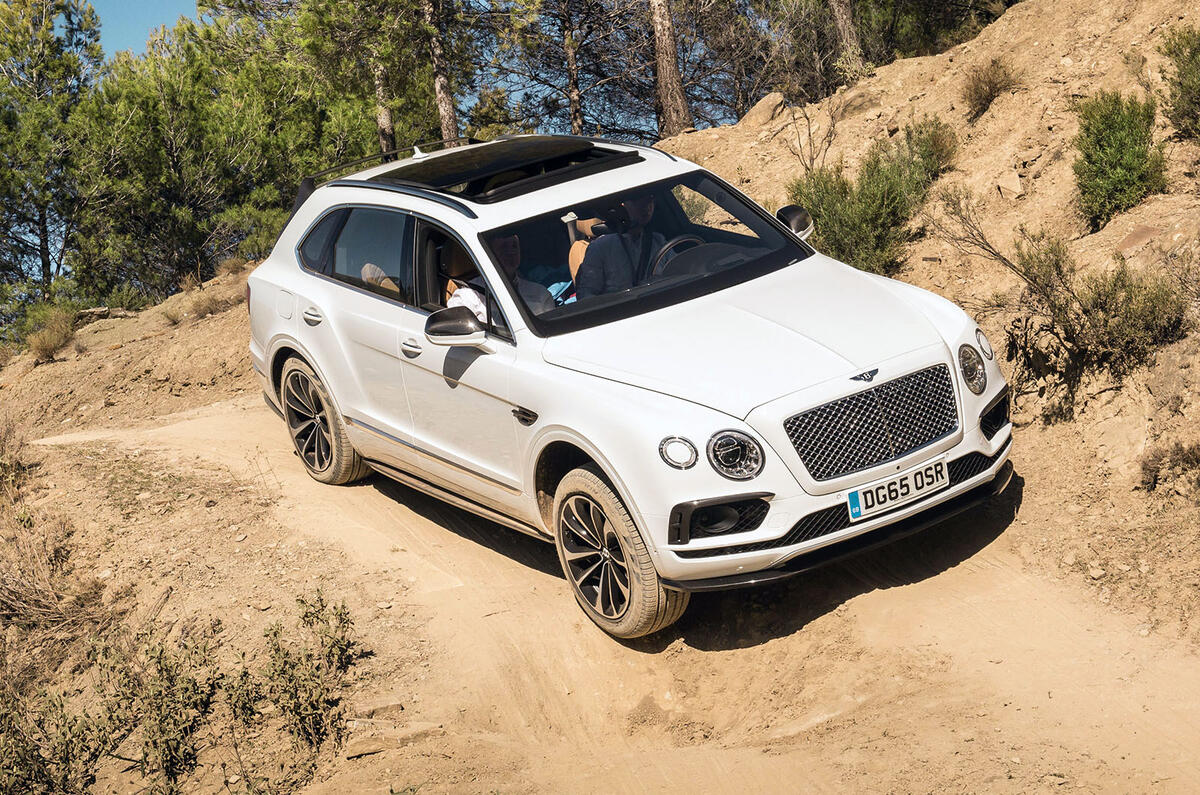
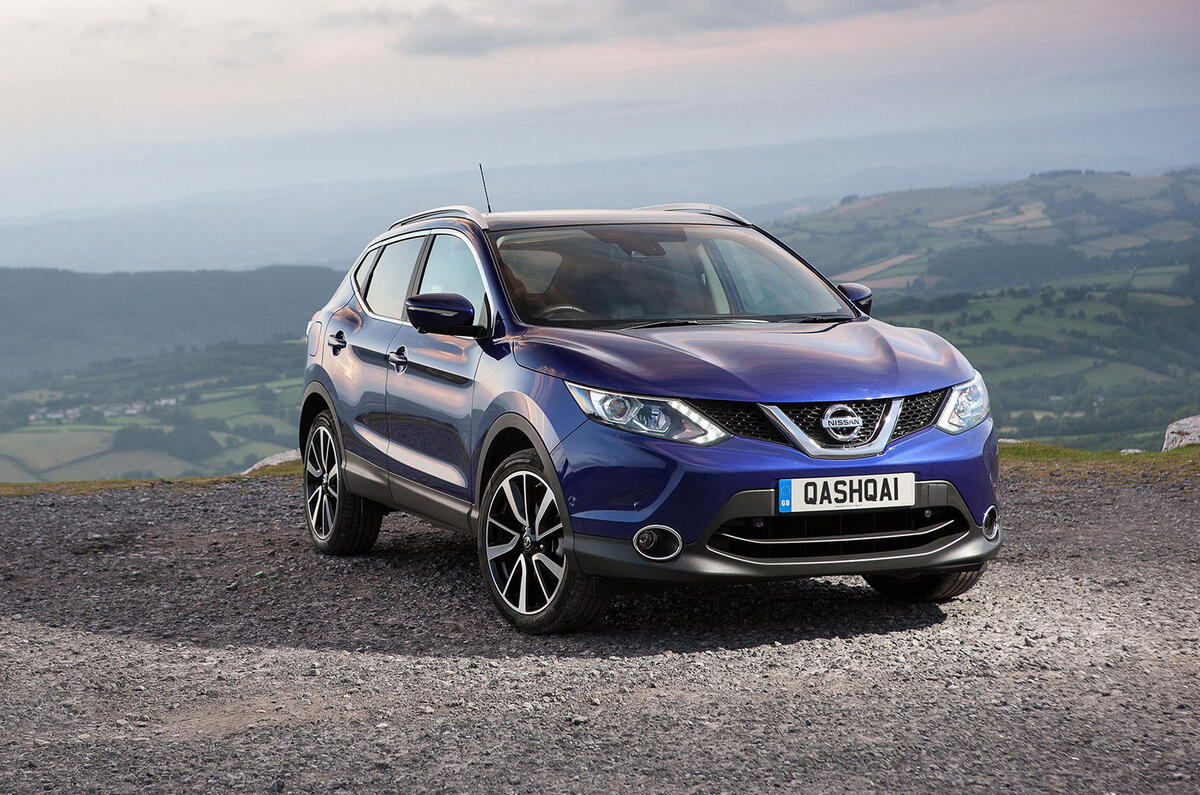

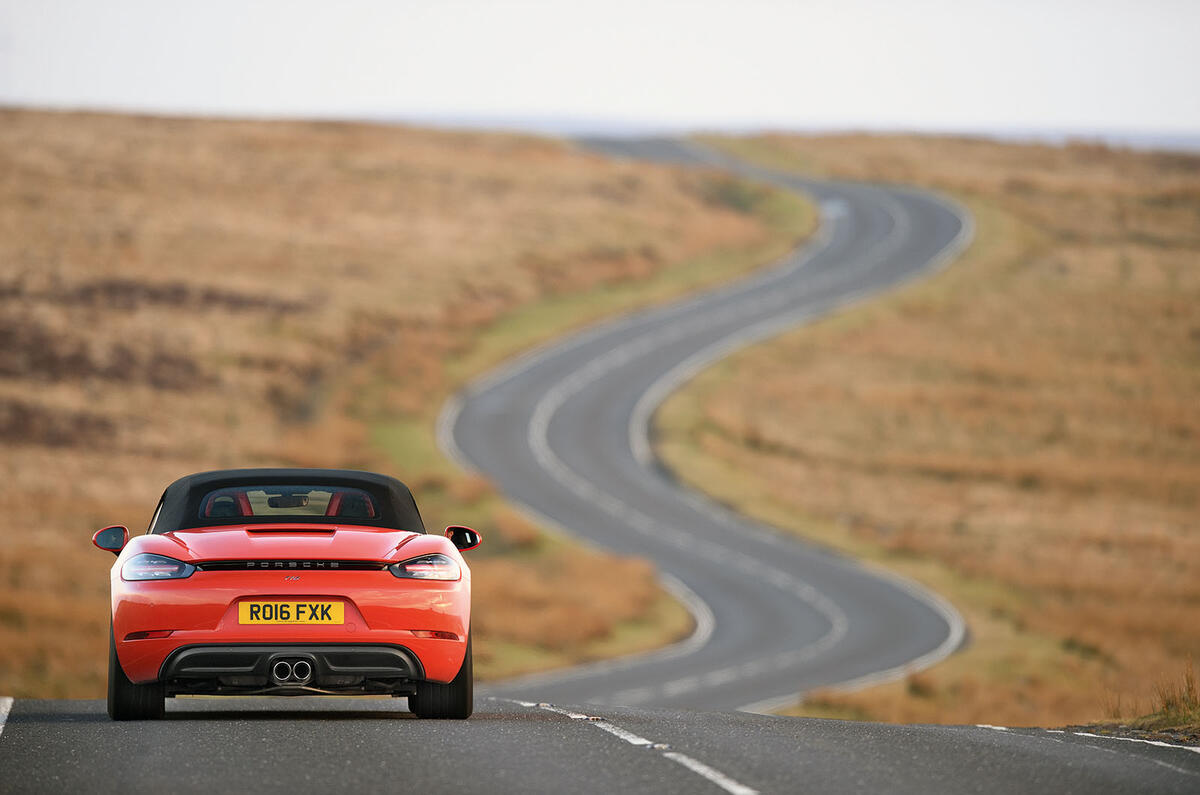
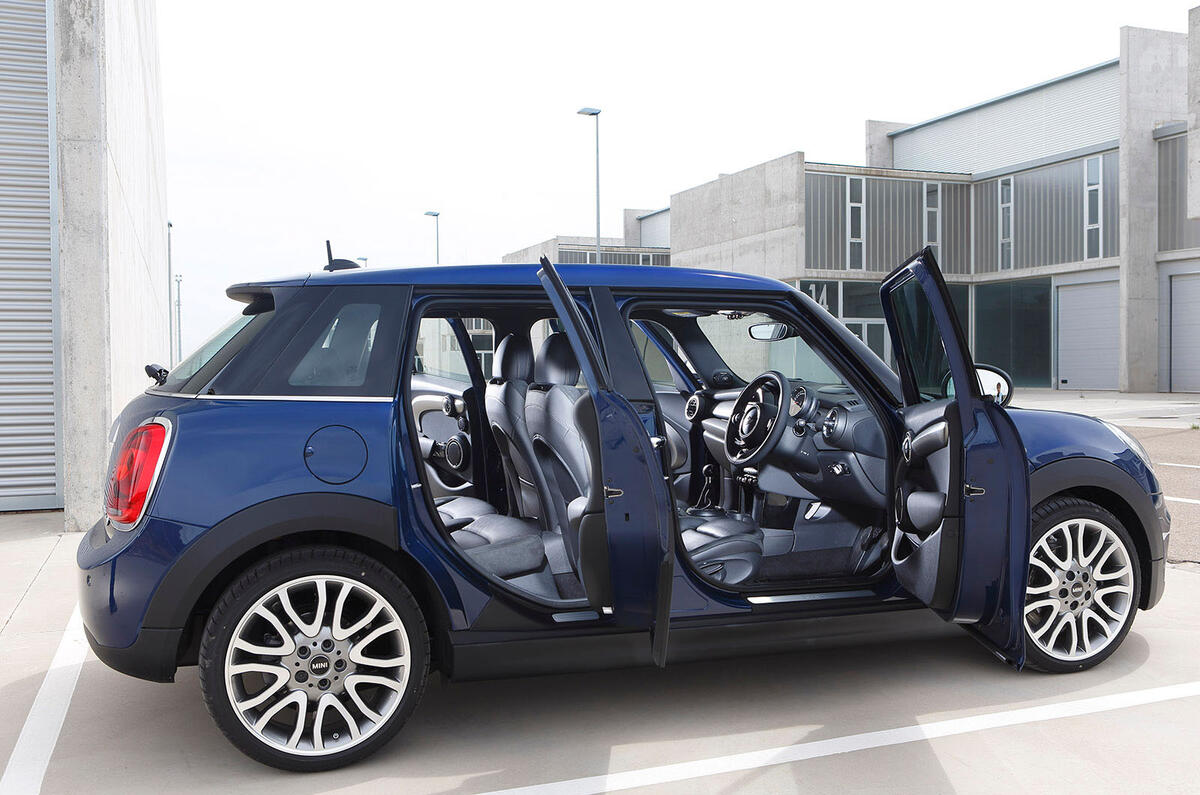
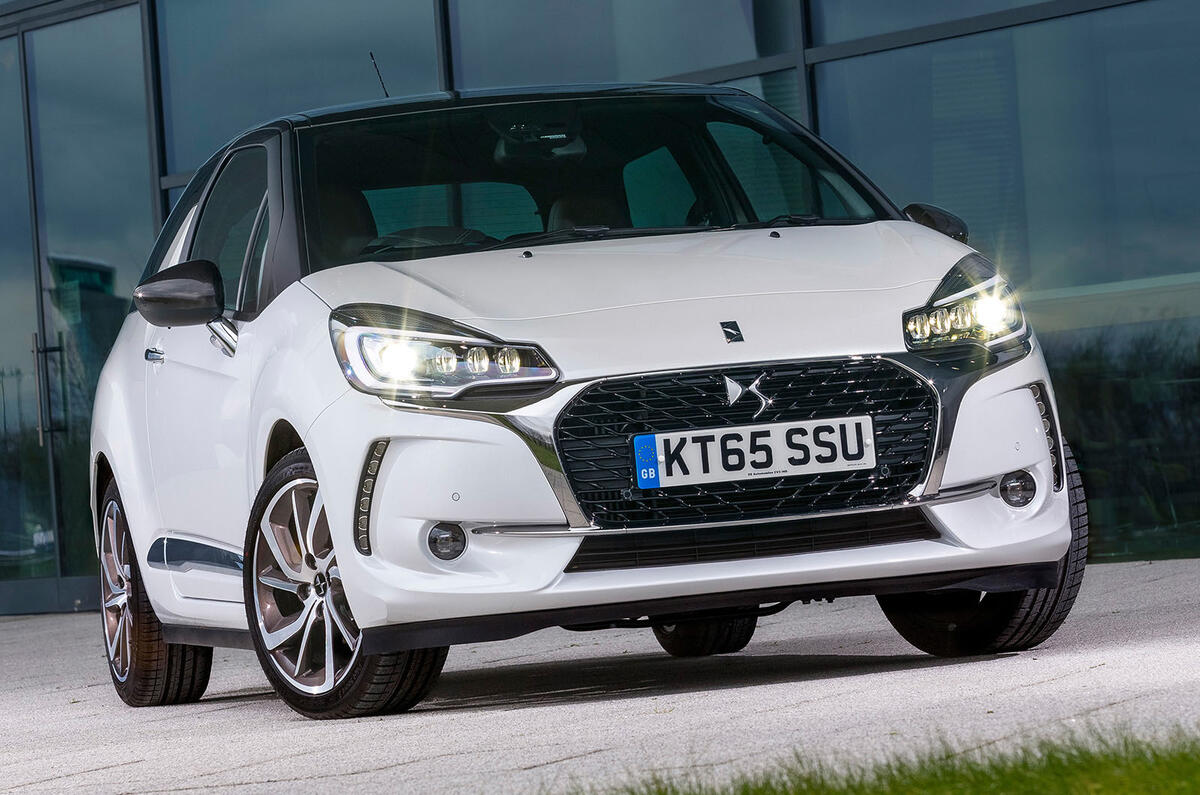
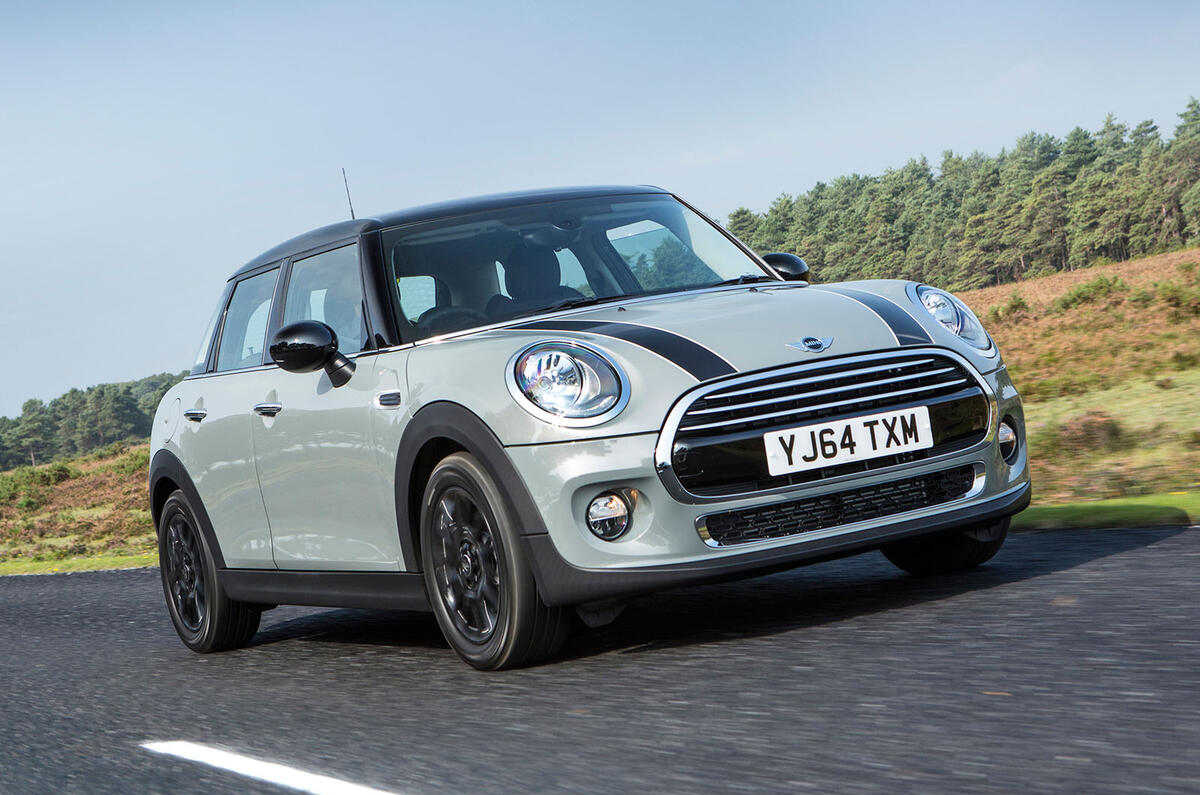
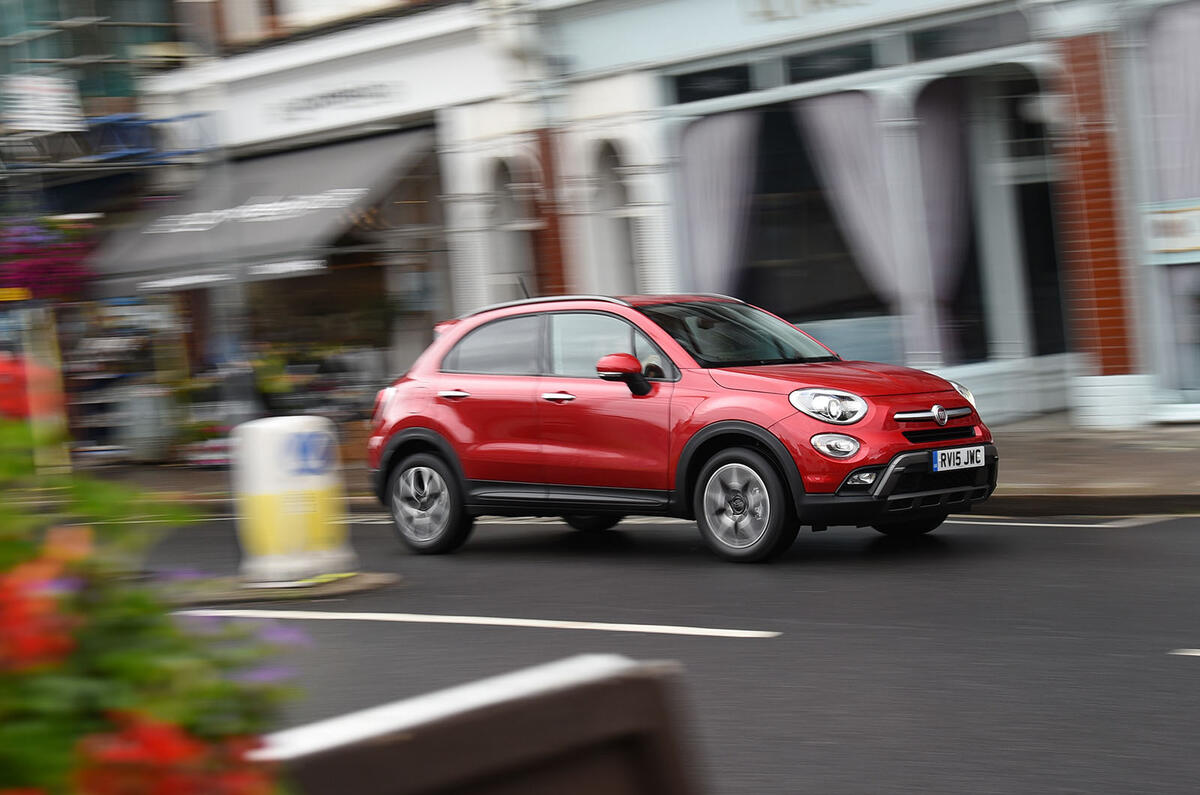
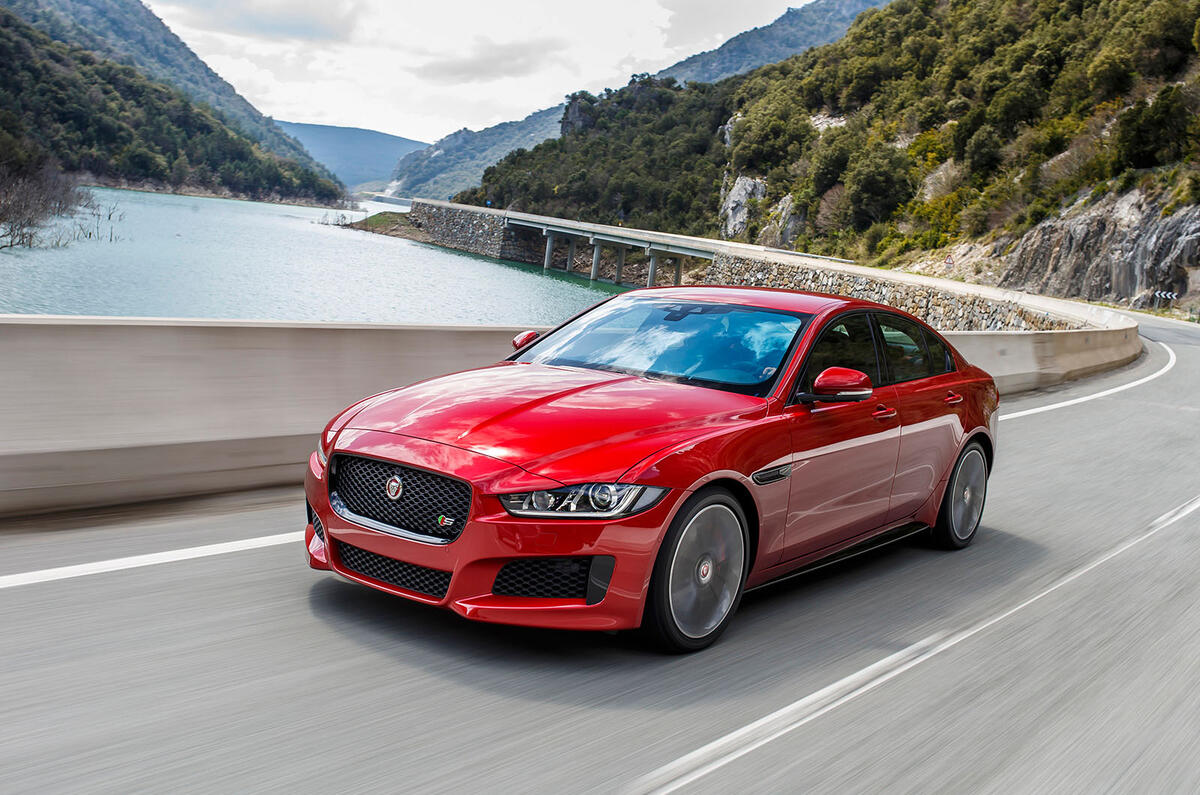
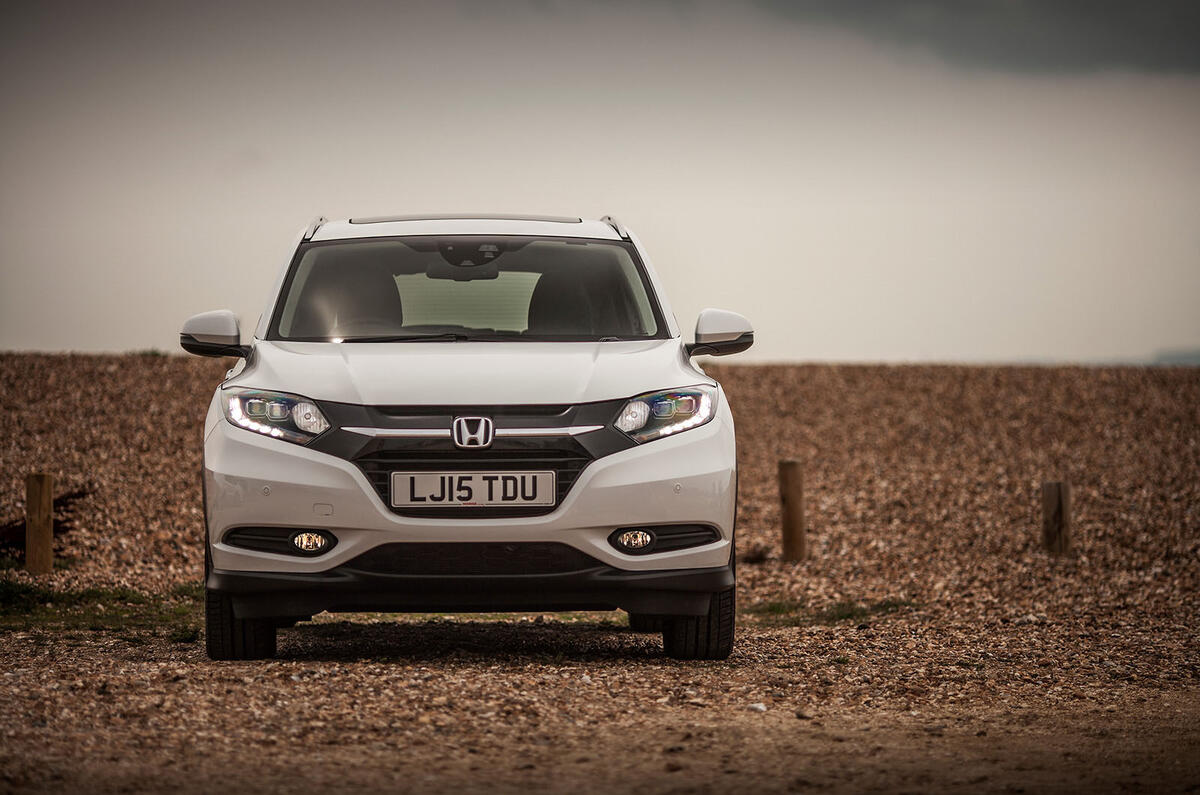
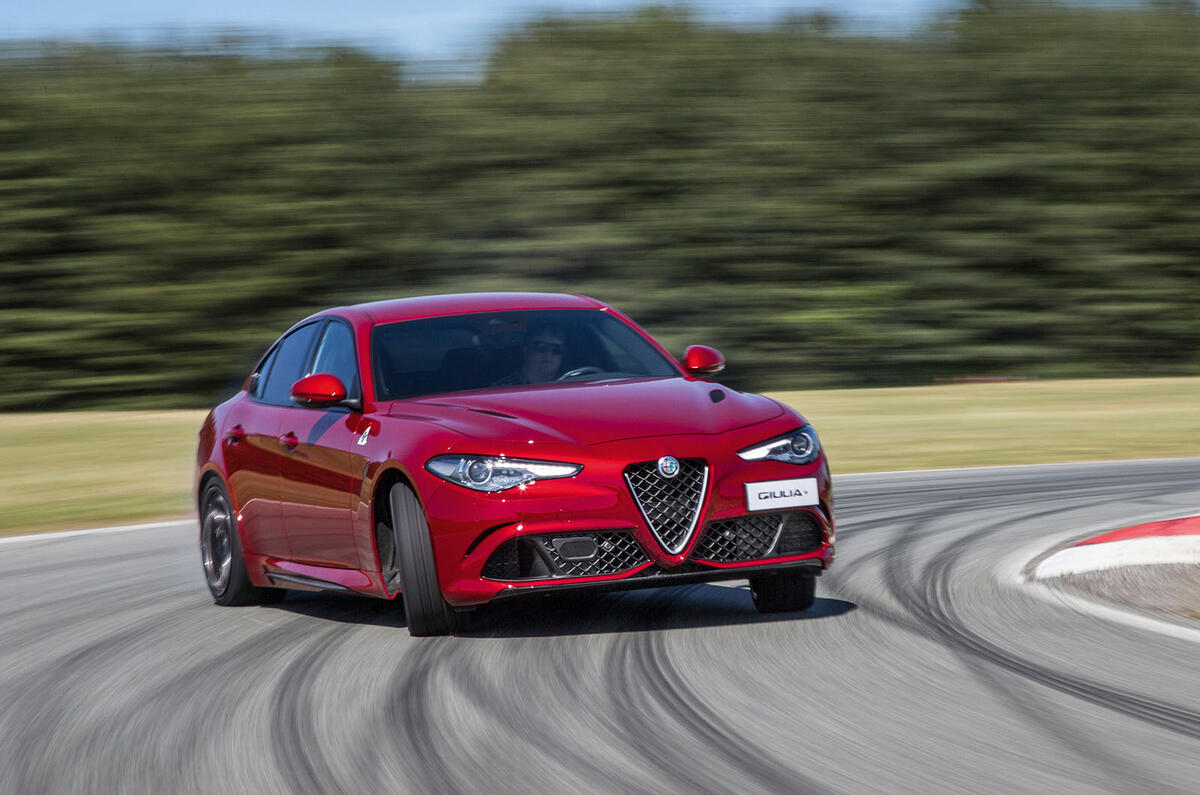

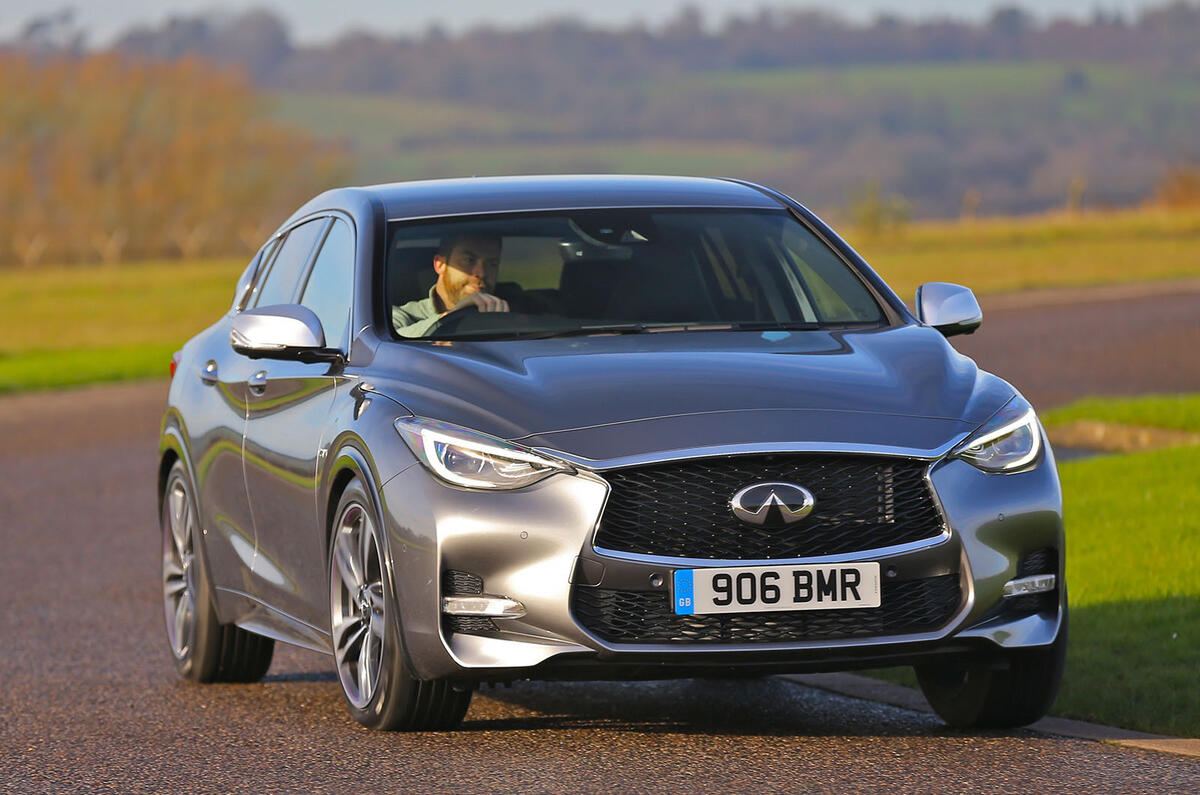
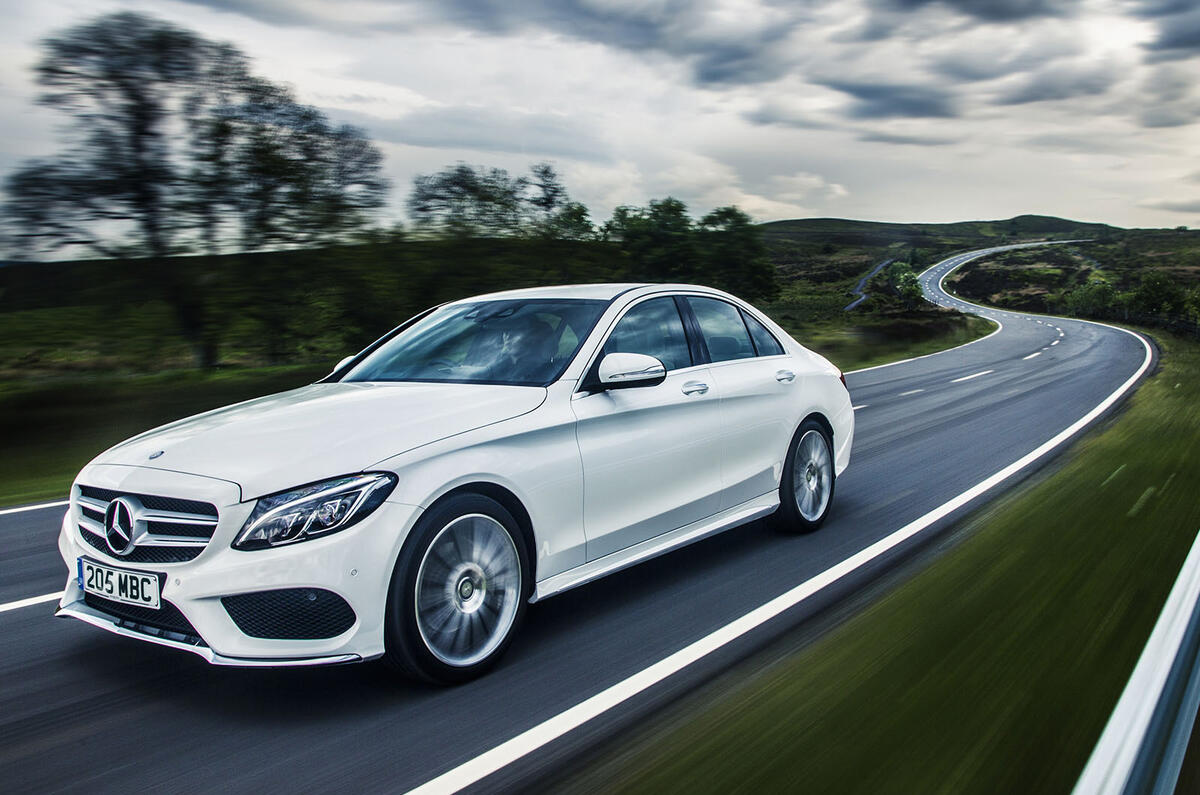
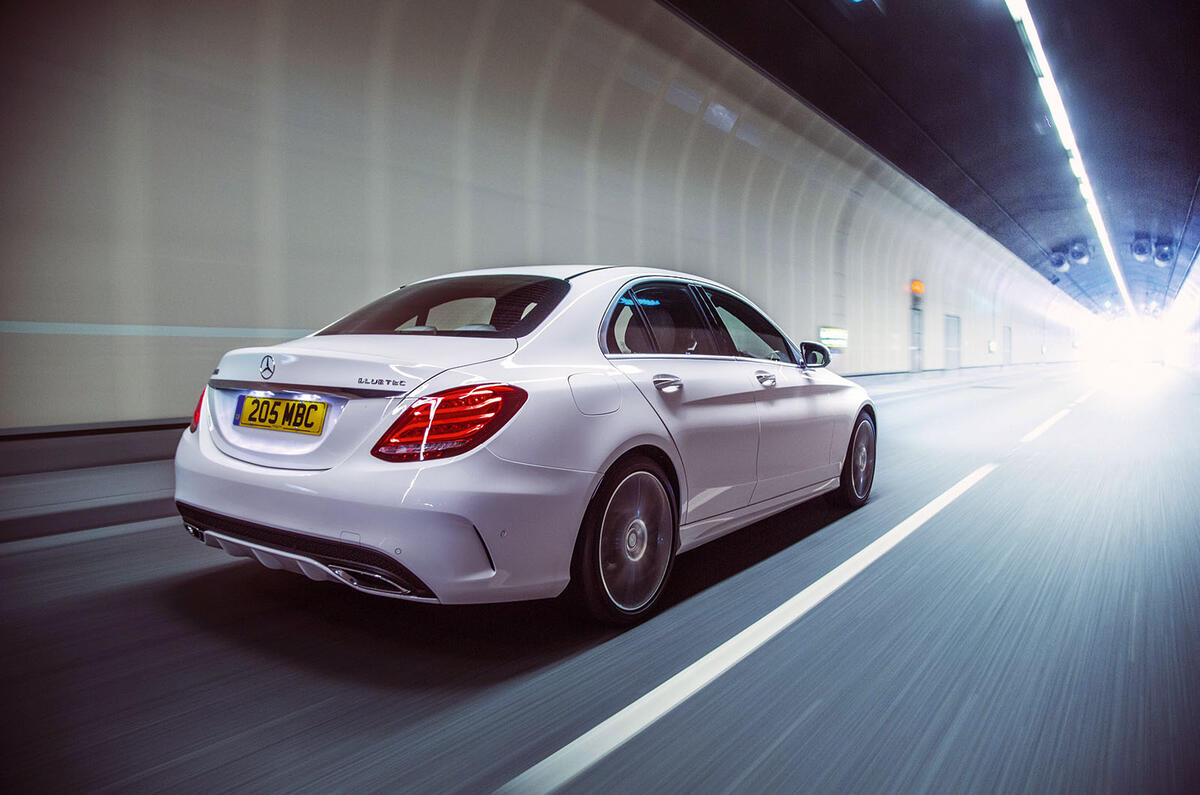

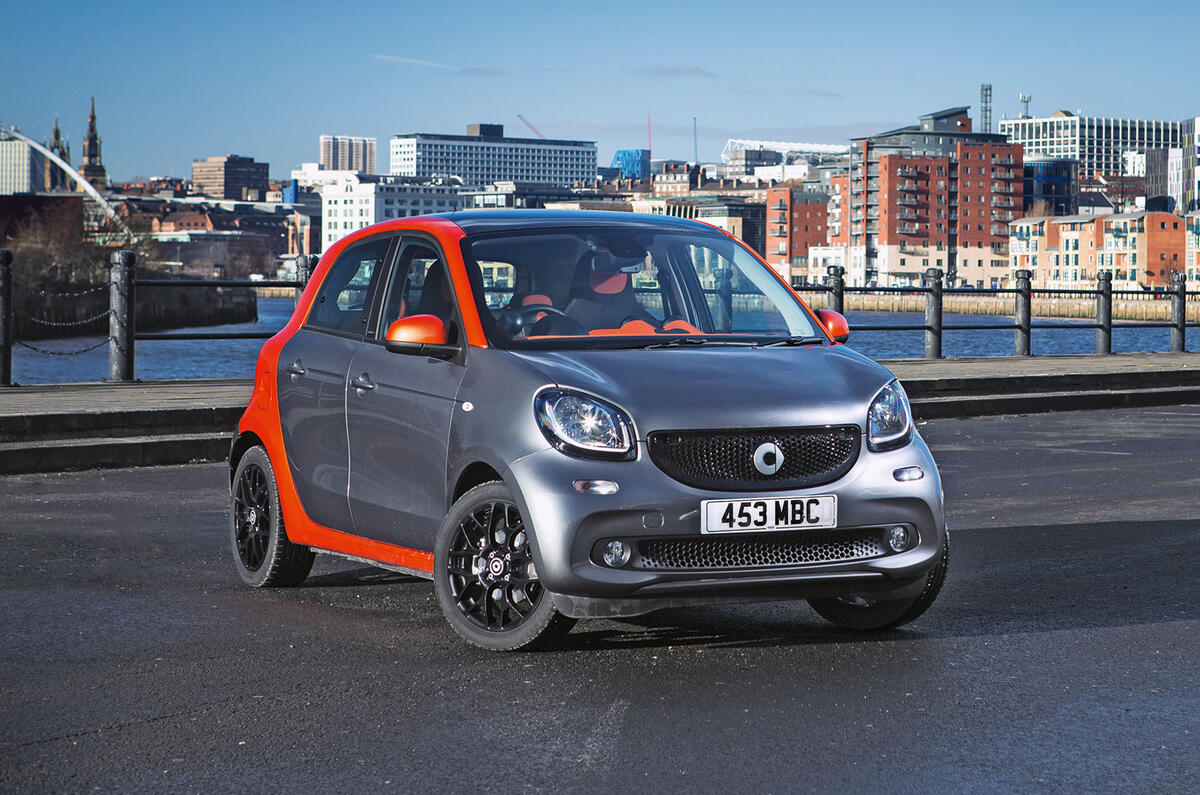
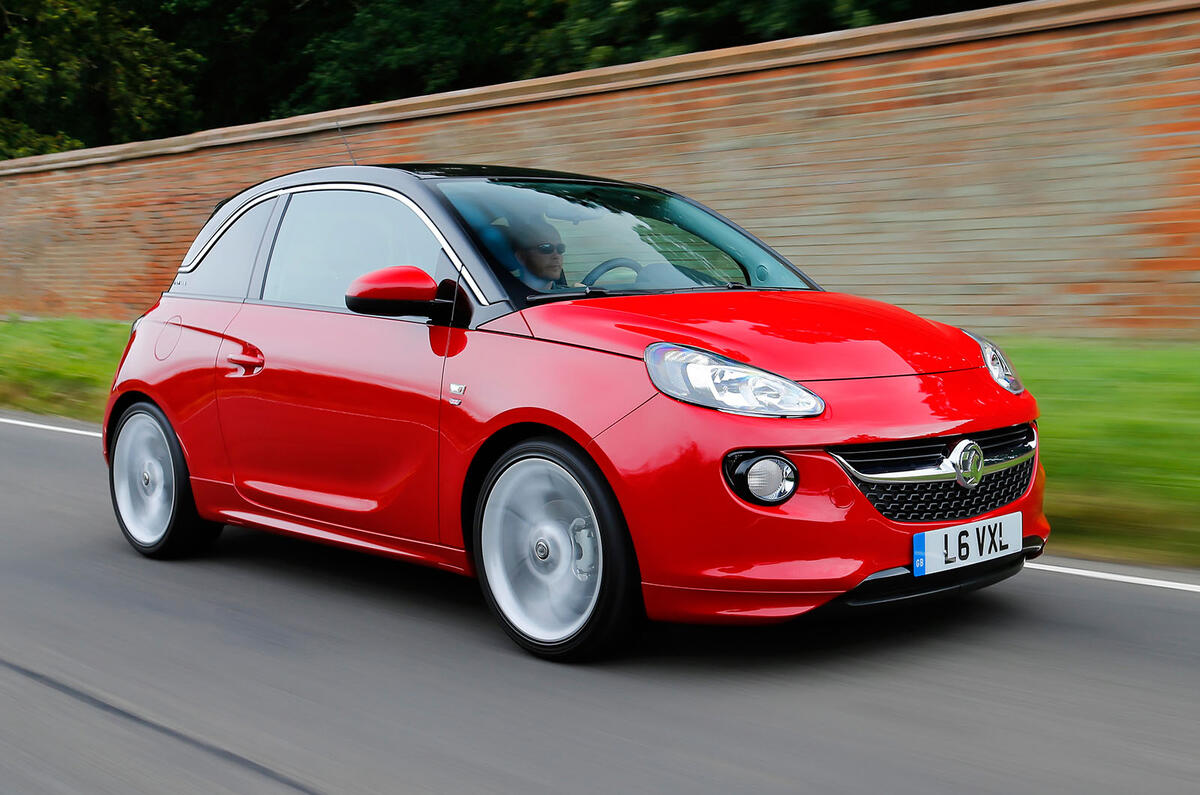
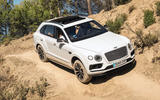
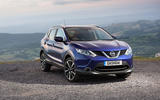
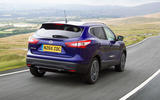
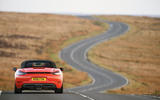
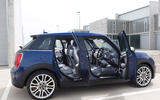
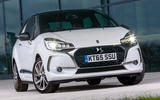

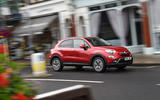

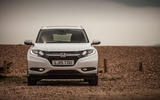
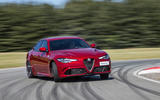
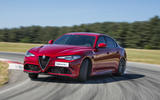
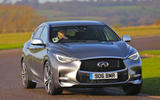
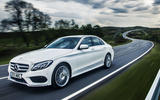
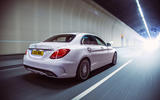
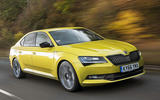
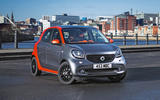
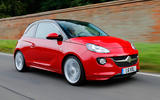










Join the debate
Add your comment
no mclarens?
Great, more bloody SUVs (read
But it's all good because the unnecessary ride height compensates for the owner's lack of endowment.
2016 car sales
Why do Brits buy so many VW group products when NONE are assembled in UK other than a few Bentleys?
Strange people the Brits are???
SteveNZ wrote:
If a car is chosen to be bought because it is made locally irrespective of its inherent merits, then this is the worst kind of self-imposed protectionalism (Think communist-era Ladas & Skodas, except there buyers had little choice) A docile car buying public (call them patriots or nationalists if you like) takes away competitiveness and will do the car industry or any industry no good in the long term.
NZ any better?
I wouldn't be so quick to jump on the case of the Brits when, despite so called Kiwi pride, our entire manufacturing base in NZ has been decimated due to cheap imports.